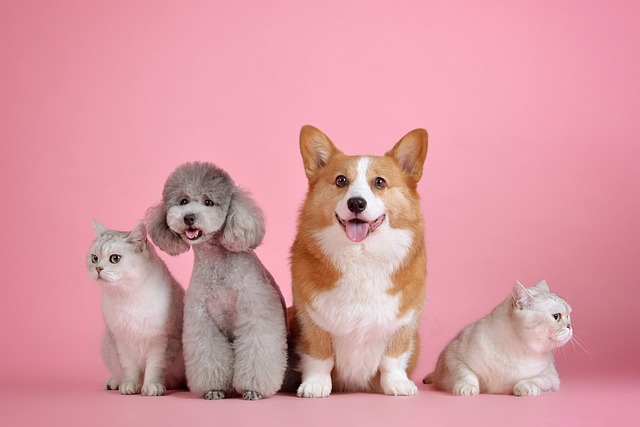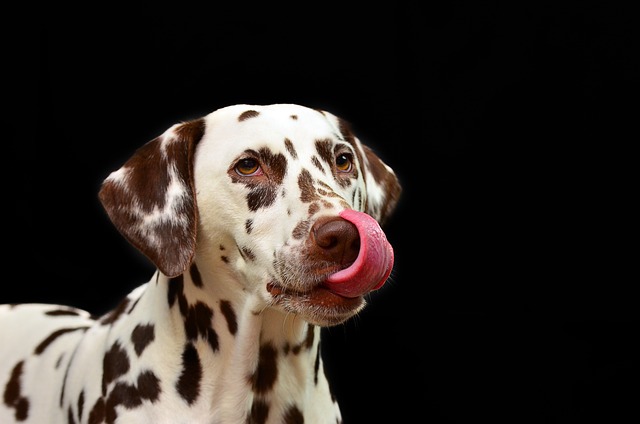
What should I do if my dog doesn't allow me to cut his nails
That heart-pounding moment when your Labrador dives under the coffee table at the sight of nail clippers? You’re facing a common struggle shared by apartment
Your Labrador's hair seems to be everywhere – coating your furniture, floating in the air, and somehow ending up in your morning coffee. While you can't completely stop lab dog shedding, understanding the science behind it opens the door to dramatically reducing those tumbleweeds of fur rolling across your hardwood floors.
Labradors possess what's called a double coat system, featuring a dense undercoat designed for insulation and a water-resistant topcoat. This evolutionary marvel helped their ancestors survive harsh Canadian waters, but it means your living room becomes ground zero for seasonal coat blowouts. During spring and fall, Labs shed their undercoat in preparation for temperature changes, releasing what feels like an entire dog's worth of fur over several weeks. Additionally, indoor heating and air conditioning can trigger year-round shedding cycles, confusing your dog's natural molting patterns.
Most dog owners reach for a standard slicker brush and call it a day, but this approach barely scratches the surface of effective shedding management. Regular brushing certainly helps remove loose surface hair, and weekly baths can wash away dead follicles, yet these conventional methods primarily address symptoms rather than root causes. The limitation lies in their inability to reach the dense undercoat where the real shedding culprits hide, leaving frustrated owners wondering why their efforts yield minimal results.
Professional groomers swear by tools most pet owners have never heard of. An undercoat rake, specifically designed with rotating teeth, penetrates deep into your Lab's double coat to extract loose undercoat before it migrates to your sofa. Using this tool twice weekly during shedding seasons can reduce household fur by up to 80%. Consider adjusting your bathing frequency based on your dog's individual needs – some Labs benefit from bi-weekly baths with a deshedding shampoo containing omega fatty acids, while others require monthly treatments to avoid skin irritation. Remember, over-bathing strips natural oils that keep the coat healthy, potentially increasing shedding as damaged hair breaks off more readily.
Your Lab's diet directly influences coat quality and shedding patterns. High-quality proteins provide the building blocks for strong hair follicles, while inadequate nutrition leads to brittle, easily shed fur. Look for dog foods containing salmon, chicken meal, or other named protein sources as the first ingredient. The best diet for shedding Labradors includes omega-3 and omega-6 fatty acids, which strengthen hair shafts and improve skin health. Fish oil supplements can work wonders – aim for 1000mg per 30 pounds of body weight daily, but introduce gradually to prevent digestive upset. Avoid foods with excessive corn or wheat fillers, as these can trigger allergic reactions that manifest as increased shedding and skin irritation.
Stress plays a surprisingly significant role in your dog's shedding patterns. Labs experiencing anxiety, boredom, or environmental changes often shed more heavily as their bodies respond to perceived threats. Ensure your dog receives adequate mental stimulation through puzzle toys, training sessions, and consistent exercise routines. A tired, content Lab sheds less than an anxious, understimulated one. Additionally, maintaining proper hydration supports healthy skin and coat – many dogs don't drink enough water, leading to dry skin that sheds more readily. Consider adding low-sodium broth to your dog's water bowl to encourage increased fluid intake.
Creating an effective shedding reduction plan requires combining multiple strategies into a cohesive routine. Start by upgrading your grooming toolkit with an undercoat rake and deshedding shampoo, then establish a twice-weekly brushing schedule during peak shedding seasons. Transition your Lab to a high-quality food rich in omega fatty acids over a two-week period, monitoring for any digestive changes. Implement stress-reduction measures through consistent exercise and mental enrichment activities. Most importantly, maintain realistic expectations – you're managing a natural biological process, not eliminating it entirely. Regular veterinary checkups ensure underlying health issues aren't contributing to excessive shedding, as conditions like thyroid problems or allergies can significantly impact coat health. With patience and consistency, you'll notice a substantial reduction in loose fur throughout your home within 4-6 weeks of implementing these comprehensive strategies.

That heart-pounding moment when your Labrador dives under the coffee table at the sight of nail clippers? You’re facing a common struggle shared by apartment

Those tiny puppy teeth that nibbled your fingers as a playful pup can turn into a source of pain and health issues if neglected. Small dogs, with their delicate jaws and crowded teeth, are especially prone to dental problems.

You’re ready to trim your dog’s nails, but then realize you don’t have a nail cutter at hand. As a new dog owner in the U.S., this unexpected situation can be stressful.

That moment when your sleek Boxer trots across your Chicago apartment floor, leaving a tumbleweed trail of hair clinging to your socks?

Imagine your fluffy Bernedoodle, Charlie, shaking mud across your Seattle apartment after a rainy walk in Discovery Park. Those beautiful curls now hide stubborn mats

Bringing a dog home is like welcoming a new family member, but it comes with important responsibilities. From daily needs to long-term health, getting the basics right sets your furry friend up for a happy life.